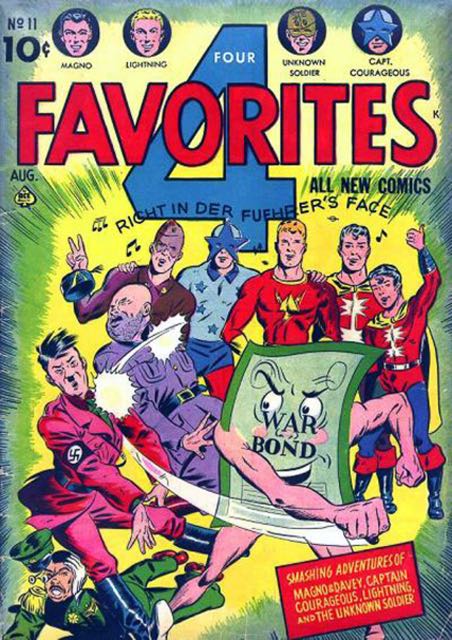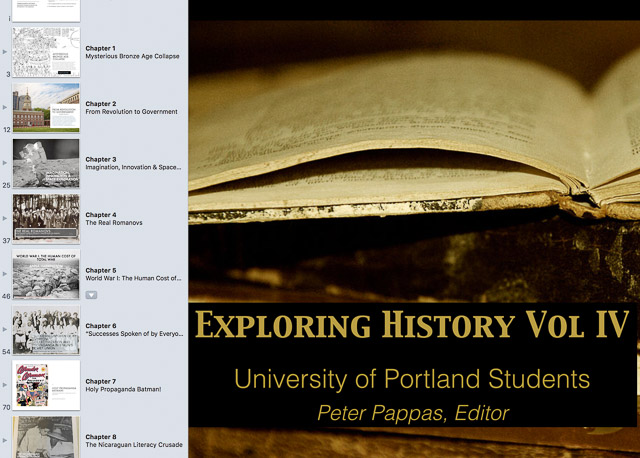My Social Studies Methods class at the University of Portland recently published a free multi-touch iBook – Exploring History: Vol IV. It features eight engaging questions and historic documents that empower students to be the historian in the classroom. For more info on our project and free download of a pdf or multi-touch iBook version click here.
To better publicize student work, I’m featuring each chapter in it’s own blog post. See more in the series here
Holy Propaganda Batman! by Karina Ramirez Velazquez
Karina introduce her lesson:
Welcome Historians! This book will help us understand World War II through the lens of comic book covers. I will give a brief introduction on the start of the Golden Age of comic books, and after an introduction of the start of the World War II (1939) and how that influence comic books. The essential question for this book is: What can early comic book covers tell us about World War II? The target audience for this book is ninth grade high schoolers. The historical skills that will be studied are sourcing, contextualization, corroborating, and close reading. The final project will be creating your own comic book cover or meme against or for the U.S. involvement during WWII.


